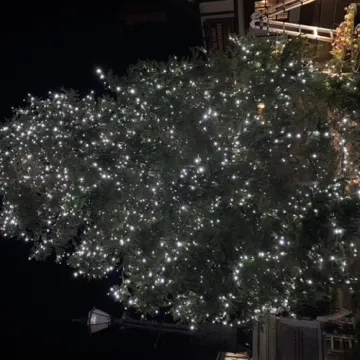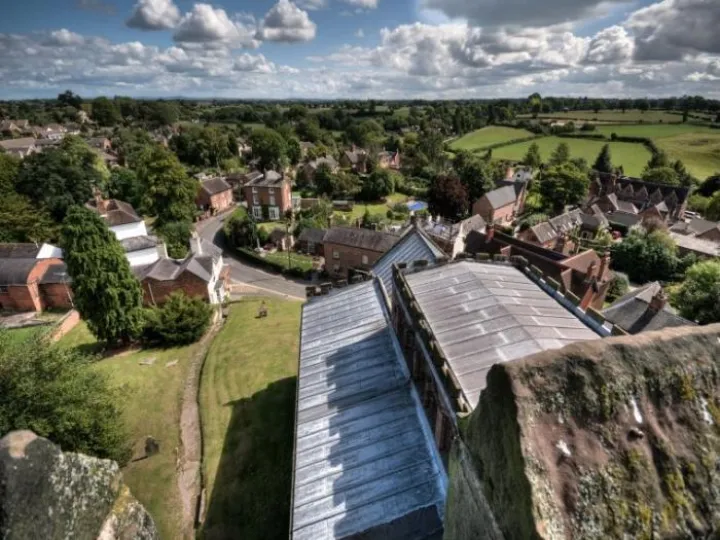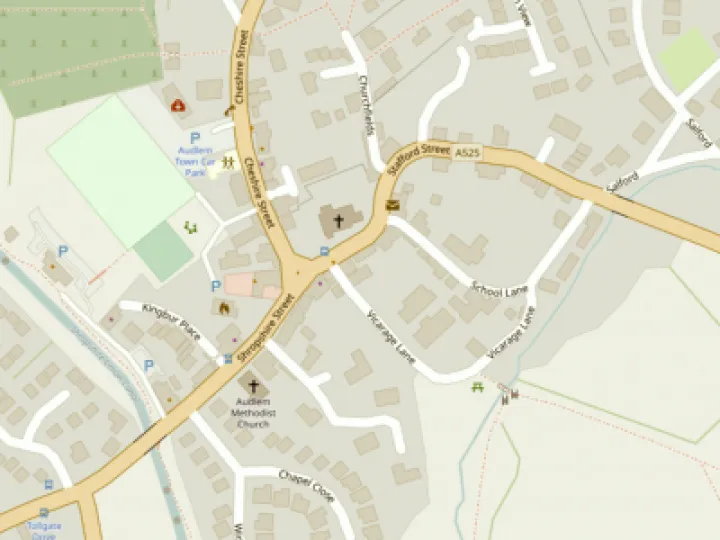







An interesting contrast to yesterday's story about the Cullinan diamond
The Hope Diamond
The Hope Diamond is one of the most famous jewels in the world, with ownership records dating back almost four centuries. Its much-admired rare blue colour is due to trace amounts of boron atoms. Weighing 45.52 carats, its exceptional size has revealed new findings about the formation of gemstones.
The jewel is believed to have originated in India, where the original (larger) stone was purchased in 1666 by French gem merchant Jean-Baptiste Tavernier as the Tavernier Blue. The Tavernier Blue was cut and yielded the French Blue (Le bleu de France), which Tavernier sold to King Louis XIV in 1668. Stolen in 1791, it was recut, with the largest section acquiring its "Hope" name when it appeared in the catalogue of a gem collection owned by a London banking family called Hope in 1839. After going through numerous owners, it was sold to Washington socialite Evalyn Walsh McLean, who was often seen wearing it. It was purchased in 1949 by New York gem merchant Harry Winston, who toured it for a number of years.
Smithsonian mineralogist George Switzer is credited with persuading Winston to donate the Hope Diamond for a proposed national gem collection to be housed at the National Museum of Natural History. On November 10, 1958, Winston acquiesced, sending it through U.S. Mail in a box wrapped in brown paper as simple registered mail.
The Hope Diamond has long been rumoured to carry a curse, possibly due to agents trying to arouse interest in the stone. It was last reported to be insured for $250 million.
This article is from our news archive. As a result pictures or videos originally associated with it may have been removed and some of the content may no longer be accurate or relevant.
Get In Touch
AudlemOnline is powered by our active community.
Please send us your news and views using the button below:
Email: editor@audlem.org





